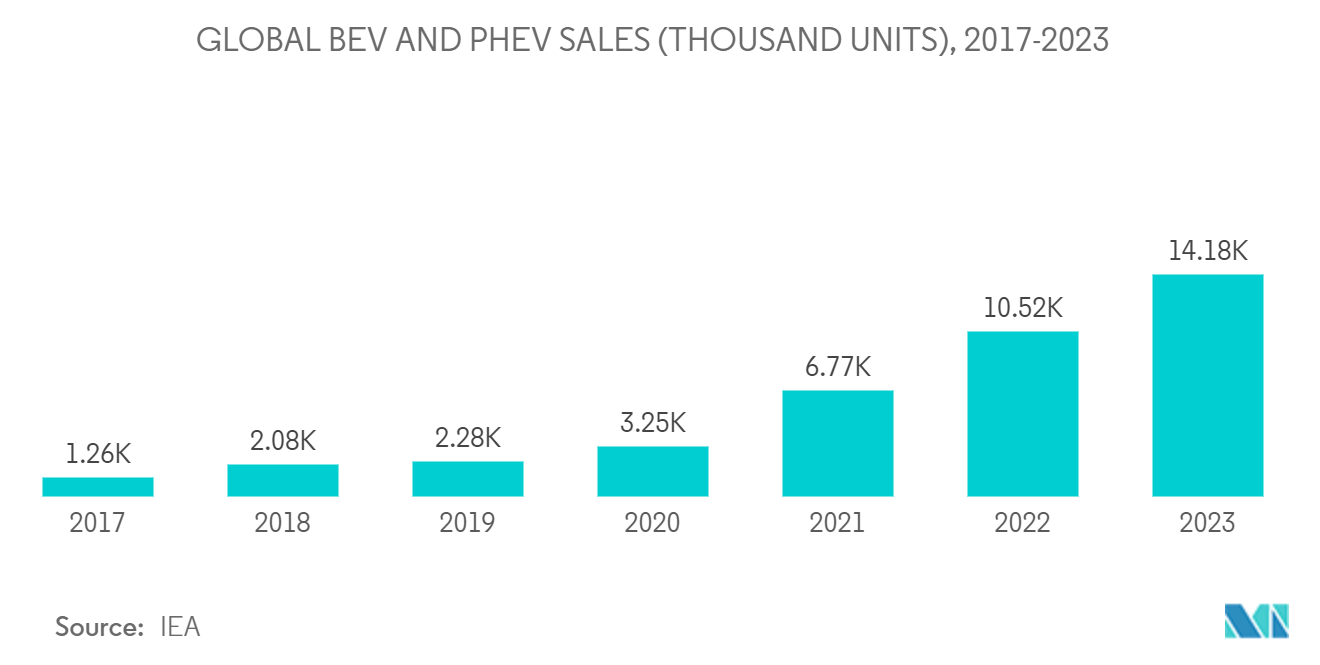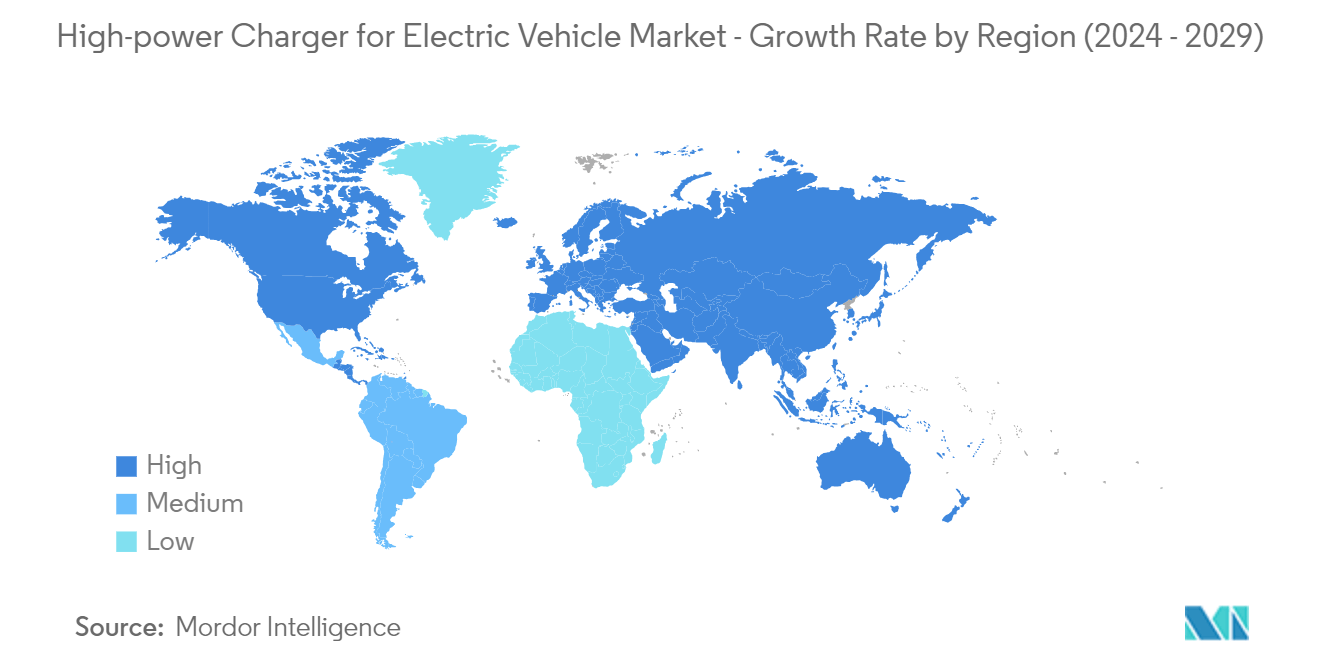Market Trends of High Power Charger For Electric Vehicle Industry
50-150 kW Power Type Segment is Dominating the Market
The 50-150 kW charger category is emerging as the dominant segment in the high-power charger for EV market. The segment is best suited for most of the EV landscape in different regions, offering a balance between charging speed and infrastructure requirements, making them ideal for the present EV adoption. These chargers are the most suitable option for economies like China and India.
Technological advancements in battery technology and charging infrastructure are making it possible to charge EVs faster and more efficiently. The 50-150 kW power type segment is at the forefront of this technological advancement.
Further, governments and private companies are investing heavily in EV charging infrastructure, particularly in the 50-150 kW power type segment. This investment is driving the deployment of high-power chargers in this power range, making them more accessible to EV drivers.
• In India, the government has sanctioned a substantial amount of INR 800 crores under the FAME India Scheme Phase II. This allocation is specifically directed towards the PSU Oil Marketing Companies (OMC) - namely Indian Oil (IOCL), Bharat Petroleum (BPCL), and Hindustan Petroleum (HPCL) - to facilitate the establishment of 7,432 public fast charging stations across the nation.

Asia Pacific is Leading The Market Concerned
Asia-Pacific is leading the market for high-power EV (Electric Vehicle) chargers driven by factors such as the rapid growth of the EV market, government support, technological advancements, and growing investment in R&D by key players. China is the world's largest market for electric vehicles, and the demand for EVs is growing rapidly in other countries in the Asia Pacific region, such as Japan, South Korea, and India. This growing demand for EVs is driving the need for high-power chargers that can charge EVs quickly and efficiently. For instance,
• China has imposed a quota on manufacturers of electric or hybrid vehicles, which must represent at least 10% of total new sales. Also, the city of Beijing only issues 10,000 permits for the registration of combustion engine vehicles per month to encourage its inhabitants to switch to electric vehicles.
The Chinese government is encouraging people to use electric vehicles. The country has already announced plans to phase out diesel fuel used in tractors and construction equipment. By 2040, the country intends to outlaw all diesel and gasoline vehicles.
Moreover, the Chinese government is encouraging people to use electric vehicles. The country has already announced plans to phase out diesel fuel used in tractors and construction equipment. By 2040, the country intends to outlaw all diesel and gasoline vehicles.
Further, companies in Asia-Pacific are forming strategic partnerships to expand their reach and capabilities. Key players are also investing heavily in R&D to develop advanced EV charging technologies.
• In August 2023, CATL unveiled its new ultra-fast charging LFP battery called Shenxing, which will be made commercially available in the first quarter of 2024. Shenxing has reduced heat generation and is equipped with a new advanced battery management system (BMS), making it fit for any vehicle type.



